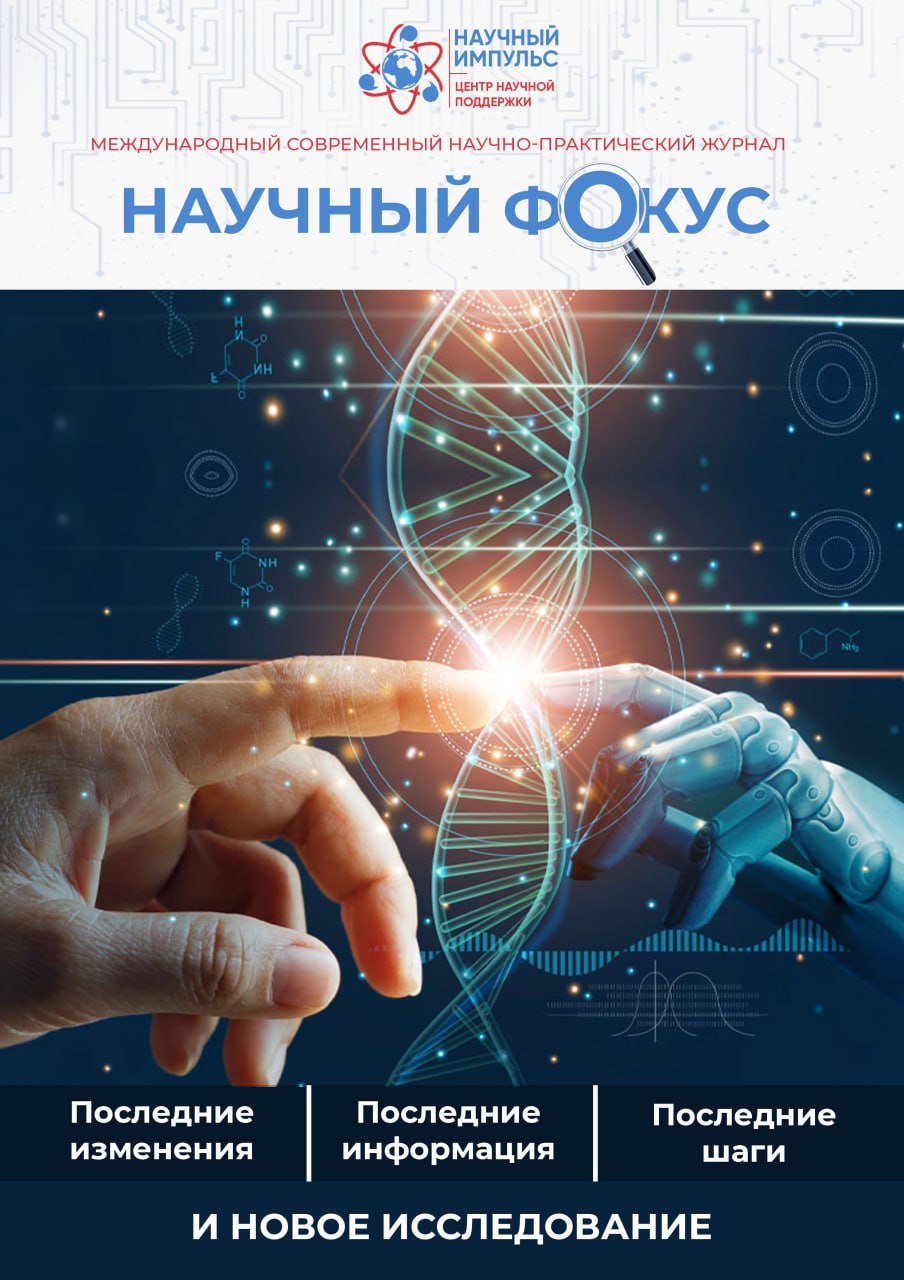THE INFLUENCE OF TECHNOLOGY ON LANGUAGE USE AND COMMUNICATION
Ключевые слова:
influence, technology, language use, communication, telecommunication, email, instant messaging, social media, linguistic norms, shortcuts, brevity, immediacy, globalization, cultural exchange, hybrid languages, foreign words, social media platforms, expression, hashtags, memes, challenges, empathy, interpersonal skills, artificial intelligence, language processing.Аннотация
This article examines the influence of technology on language use and communication. With the rapid advancement of technology, various aspects of human life have been transformed, including how we communicate. The introduction of telecommunication devices, email, instant messaging, and social media platforms has revolutionized the speed and efficiency of communication. This has led to the development of new linguistic norms and shortcuts, such as abbreviations and emoticons, to accommodate the need for brevity and immediacy. Additionally, technology has facilitated globalization and cultural exchange, allowing people from different cultures to connect and collaborate effortlessly. This has led to the emergence of hybrid languages and the incorporation of foreign words into everyday language. The rise of social media platforms has also given rise to new forms of expression, such as hashtags and memes, while presenting challenges in terms of empathy and interpersonal skills. Furthermore, advances in artificial intelligence have impacted language processing, making language barriers less of an obstacle. Understanding the multifaceted influence of technology on language use and communication is essential for navigating its benefits and drawbacks effectively in our increasingly interconnected world.
Библиографические ссылки
Crystal, D. (2001). Language and the Internet. Cambridge University Press.
Baron, N. (2008). Always on: Language in an online and mobile world. Oxford University Press.
Thurlow, C., & Mroczek, K. (2011). Digital Discourse: Language in the New Media. Oxford University Press.
Herring, S. C. (Ed.). (2013). The Oxford Handbook of Language and Social Media. Oxford University Press.
Crystal, D. (2014). Internet linguistics: A student guide. Routledge.
Danet, B., & Herring, S. C. (Eds.). (2007). The Multilingual Internet: Language, Culture, and Communication Online. Oxford University Press.
Crystal, D. (2011). Internet linguistics: A personal history. In J. R. Taylor (Ed.), The Oxford Handbook of the Word (pp. 317-330). Oxford University Press.
Dennen, V. P., & Burner, K. J. (Eds.). (2013). Mobile technologies and the writing classroom: Resources for teachers. IGI Global.

